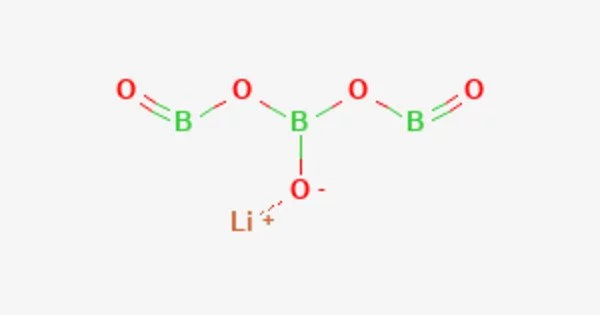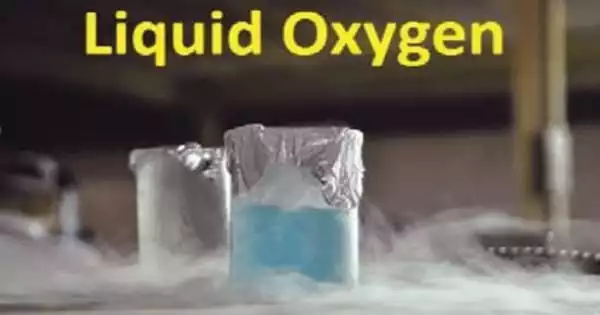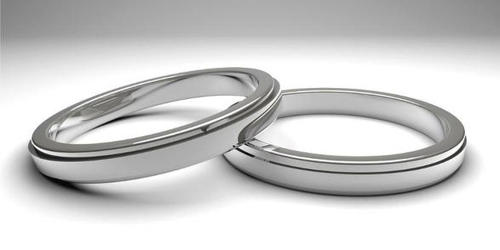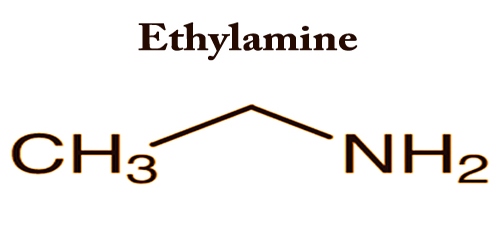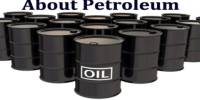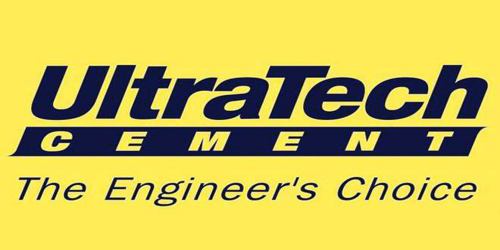Lithium triborate (LiB3O5), also known as LBO, is a non-linear optical crystal with a trigonal crystal structure. It is commonly used for frequency doubling of high-power lasers and for generating ultra-short pulses. It has a wide transparency range from the UV to the mid-infrared region, and its non-linear optical properties make it useful for applications such as second-harmonic generation (SHG) and optical parametric oscillation (OPO).
LBO crystals have several advantages over other non-linear optical crystals. They have a relatively high damage threshold, high non-linear coefficient, and low susceptibility to photorefractive damage. These properties make them suitable for use in high-intensity laser applications, such as laser cutting, welding, and drilling.
LBO is a biaxial crystal with a trigonal symmetry and belongs to the space group R3c. It has a relatively high thermal conductivity, low coefficient of thermal expansion, and is relatively resistant to damage from high intensity laser radiation, making it a popular choice for high-power laser applications.
Lithium triborate was discovered and developed by Chen Chuangtian and others of the Fujian Institute of Research on the Structure of Matter, Chinese Academy of Sciences. It has been patented.
Properties
- Nonlinear optical properties: LBO exhibits strong nonlinear optical properties, making it useful for frequency doubling and tripling of lasers. It is also used in optical parametric oscillators (OPOs) and optical parametric amplifiers (OPAs).
- High damage threshold: LBO has a high damage threshold, which makes it suitable for use in high-power lasers.
- Wide transparency range: LBO has a wide transparency range from ultraviolet to near-infrared wavelengths, which allows it to be used in a variety of applications.
- Low birefringence: LBO has low birefringence, which makes it ideal for applications requiring a high degree of polarization purity.
- High temperature stability: LBO exhibits high temperature stability, making it suitable for use in high-temperature environments.
- Low hygroscopicity: LBO has low hygroscopicity, which means it does not absorb moisture from the atmosphere, making it suitable for use in humid environments.
Application
In addition to its use in laser technology, LBO has also found applications in optical communications, where it is used for wavelength conversion and amplification. It is also used in medical applications, such as in the production of compact and efficient green lasers for use in dermatology and ophthalmology.
Overall, LBO is a versatile and widely used material in the field of optics and photonics, owing to its unique optical and physical properties.
